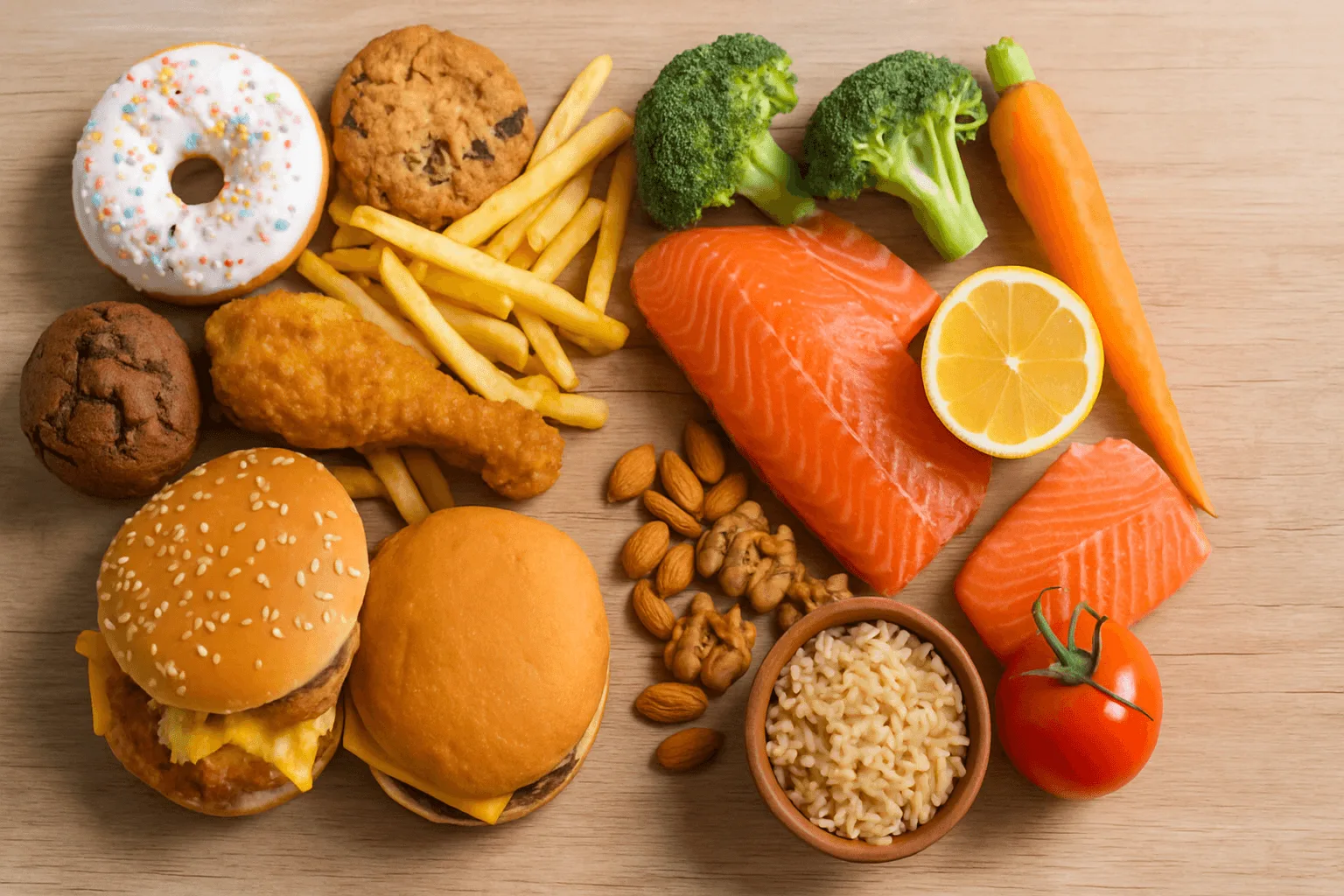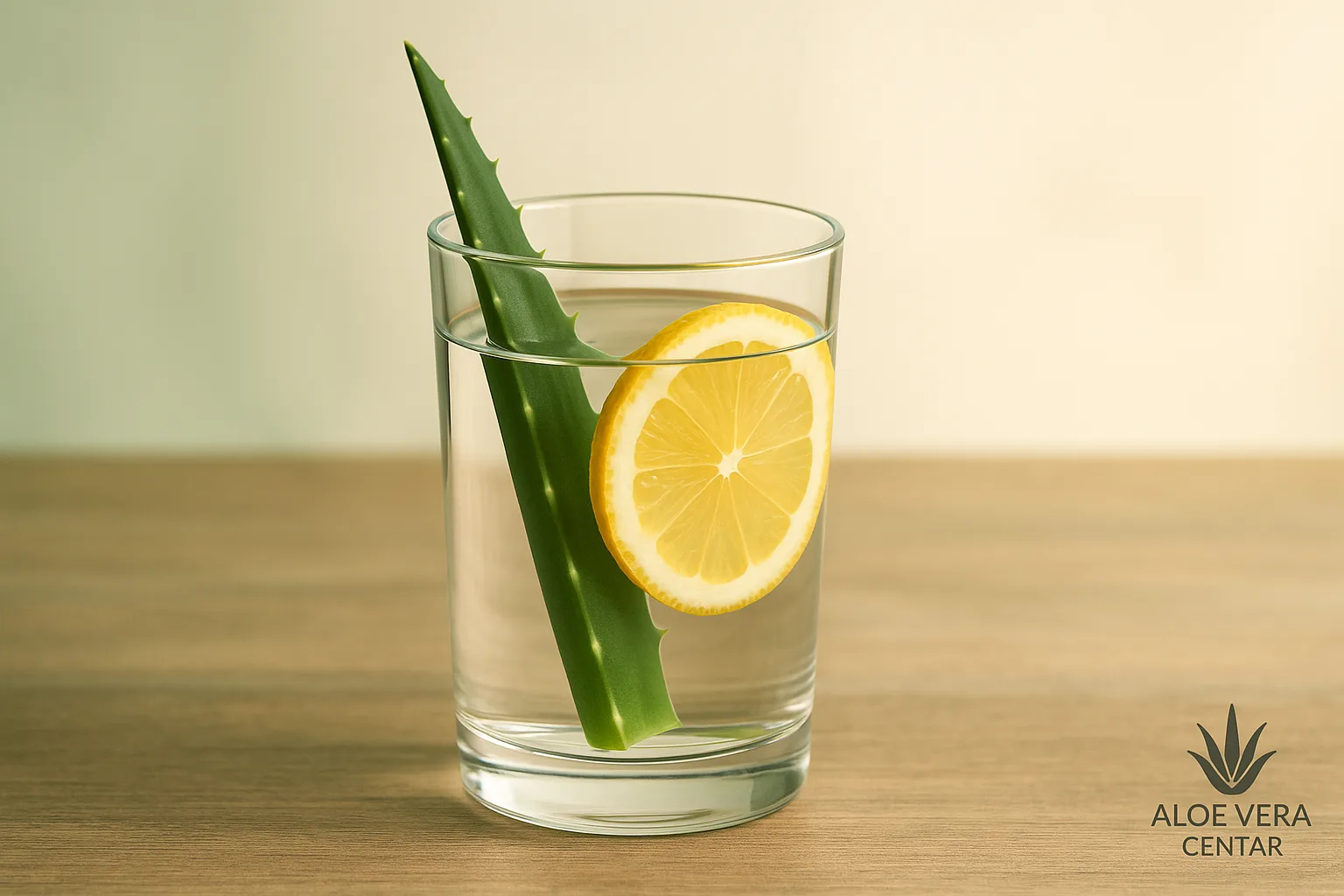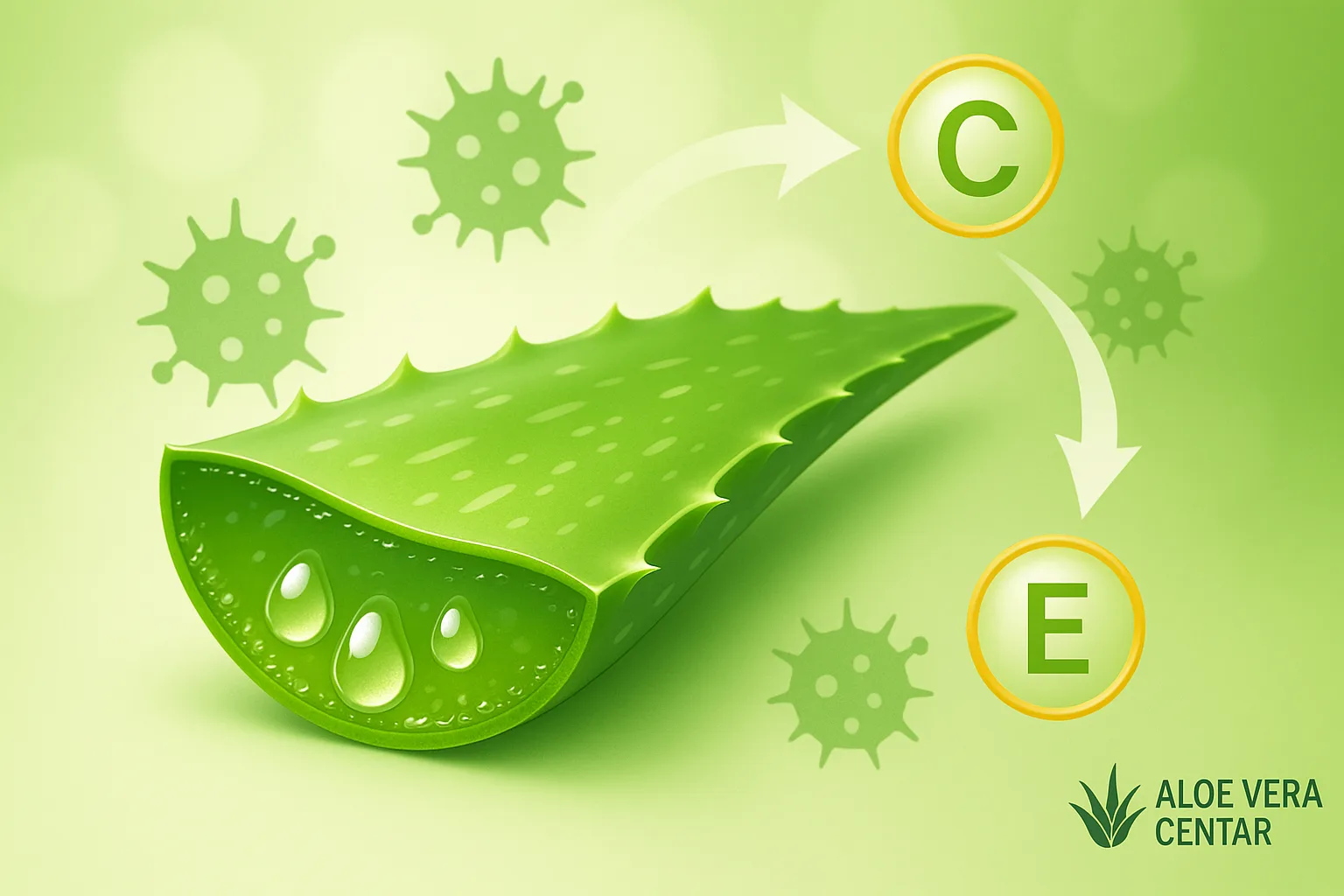
Elevated Triglycerides: how to Lower Them by Limiting Sugar, Saturated Fats and with Omega-3 Support
Elevated Triglycerides: the Role of Omega-3, Limiting Sugar and Saturated Fats
Elevated triglycerides or high blood triglyceride levels are a common health topic, particularly in discussions about cardiovascular diseases and metabolic disorders. Triglycerides, along with cholesterol, form the main group of fats in the bloodstream, and their elevation often signals unbalanced nutrition, lack of physical activity or deeper metabolic issues (e.g., insulin resistance, metabolic syndrome). If you’re concerned about your triglyceride numbers, or simply want to learn how to maintain heart health, here’s a detailed guide: what triglycerides are, why they matter, how to lower them, and which natural approaches, including supplements like Forever Arctic Sea, can support improving your lipid profile.
We’ll also explore how limiting sugar and saturated fats, along with increased omega-3 fatty acid intake, affects triglyceride reduction. We’ll reference scientific research (PubMed) and practical everyday experiences. We’ll specifically highlight relevant products and articles from Aloe Vera Center, such as Forever Fiber or other solutions for fat regulation and blood vessel health support.
What are Triglycerides and why are They Elevated?
Triglycerides are a form of fat that the body uses for storing excess calories. Every time we eat more than we need, especially when it comes to carbohydrates and saturated fats, the body converts these “excesses” into triglycerides and stores them in fatty tissue. When blood triglyceride levels are consistently elevated, it may mean that the body isn’t optimally processing and utilizing nutrients, which could signal a metabolic imbalance.
Ideal or normal levels of triglycerides generally are:
- Normal: < 1.7 mmol/L (< 150 mg/dL)
- Moderately elevated: 1.7 – 2.2 mmol/L (150 – 199 mg/dL)
- High: 2.3 – 5.6 mmol/L (200 – 499 mg/dL)
- Very high: > 5.6 mmol/L (> 500 mg/dL)
Reference values may vary slightly depending on the laboratory. With values above 5.6 mmol/L, there is an increased risk of pancreatitis, an extremely uncomfortable and dangerous condition.
Where does the problem usually come from? The most common causes are:
- Excess calories in diet (especially refined sugars and white bread)
- Excessive intake of saturated and trans fats
- Alcohol (even small amounts can raise triglycerides in sensitive individuals)
- Lack of physical activity
- Insulin resistance or type 2 diabetes
- Genetic hyperlipidemias (rare hereditary variants)
- Certain medications (beta-blockers, diuretics, contraceptive pills, etc.)
Why are High Triglycerides Dangerous?
While the public often “worries” about cholesterol, triglycerides deserve equal caution, if not more. Research shows a high correlation between elevated triglycerides and cardiovascular diseases. High triglyceride levels are often also a marker of metabolic syndrome which includes abdominal obesity, insulin resistance, high blood pressure, and low levels of “good” HDL cholesterol.
While some studies emphasize that LDL cholesterol and overall lipid profile are crucial indicators, newer analyses reveal that high triglycerides can independently contribute to the development of atherosclerosis and heart disease. Therefore, lowering them is worthwhile, regardless of other parameters, to reduce long-term risks.
How to Reduce Triglycerides: Key Points
The solution isn’t a simple “pill” but rather a holistic approach that includes dietary adjustment, increased physical activity, and, if needed, certain supplements. Key points:
- Limit sugars and refined carbohydrates:
Studies suggest that “excess” simple sugars in diet (soft drinks, sweets, white flour) directly raise triglycerides. When there’s too much glucose in the blood, the liver converts excess into triglycerides. This is considered the primary mechanism of high triglycerides in populations prone to “Western” diet. - Reduce saturated fats and trans fats:
Saturated fats (like those from red meat, full-fat dairy products) and trans fats (industrially processed, in fried foods and margarine) can contribute to elevated triglycerides. Unsaturated fats are preferable, especially those with omega-3 acids. - Increase omega-3 fatty acid intake:
Omega-3 acids (DHA and EPA) from fish or supplements like Forever Arctic Sea have been proven to reduce triglycerides by inhibiting their synthesis and promoting breakdown. Some studies show up to 20-50% reduction in triglycerides at higher omega-3 doses (2-4g daily). - Reduce or avoid alcohol:
Alcohol burdens the liver and raises triglyceride levels, especially if consumed regularly or in larger quantities. - Regular exercise:
Aerobic activity (running, swimming, cycling, brisk walking) increases “good” HDL cholesterol, helps regulate body weight, and reduces insulin resistance, all contributing to triglyceride reduction. - Losing excess weight:
Even a 5-10% reduction in body weight often drastically lowers triglyceride levels.
Why Limit Sugar and Refined Carbohydrates?
When discussing elevated triglycerides, we usually first think of “bad” fats, but excess sugar and simple carbohydrates (white bread, pasta, pastries, sweet drinks) may cause even more triglyceride increase. Why?
- Metabolic process: When we eat foods rich in simple sugars, glucose quickly enters the bloodstream. If the body doesn’t need all this energy, it converts it into fats (triglycerides), storing them in fatty tissue and partially releasing them into the blood.
- Insulin resistance: Chronically high sugar intake can develop or worsen insulin resistance, leading to even greater triglyceride accumulation. There’s also an increased likelihood of developing metabolic syndrome.
- Nutrient deficiency: Refined foods are often “empty calories.” High in calories but poor in fiber and micronutrients. This creates an imbalance in the body and fats accumulate more easily.
Solution: moderating or eliminating sweets, carbonated drinks, refined bakery products and switching to whole grains, fruit (instead of juices) and avoiding unnecessary sweet snacks.
Why are Saturated and Trans Fats Problematic?
Saturated fats (from red meat, full-fat cheeses, butter) can raise LDL cholesterol and triglycerides. Trans fats (found in some margarine and bakery products) are considered one of the most dangerous forms of fats because:
- They raise LDL cholesterol (“bad”),
- They lower HDL (“good”) cholesterol,
- They can stimulate inflammatory processes and increase heart disease risk.
To reduce saturated fats, focus on olive oil, avocado, nuts, and vegetable oils (in moderation). Additionally, fish (salmon, mackerel, sardines) is an excellent source of unsaturated fats, including omega-3. Vegetarians or vegans can turn to flax and chia seeds and algae. If you’re not a fish lover or don’t consume it often enough, users supplement with Forever Arctic Sea, which has shown perfect results for this problem.
Special Focus on Omega-3: Forever Arctic Sea and other Options
Omega-3 fatty acids have a strong reputation as “heart guardians.” According to numerous studies, regular intake of omega-3 (DHA and EPA) can:
- Reduce triglycerides by 20-50% at high doses (2-4g daily),
- Improve blood vessel flexibility and reduce inflammation,
- Slightly raise HDL (“good”) cholesterol,
- Stabilize heart rhythm and reduce the risk of cardiac arrhythmias.
In such situations, doctors often recommend more aggressive therapy – from stricter dietary regimens and high doses of omega-3 to specific medications (fibrates, statins, or niacin). Therefore, it’s always important to monitor triglyceride values. If your triglycerides are consistently “in the red,” don’t delay visiting a specialist.
If you don’t consume fish and fish oil for ethical or health reasons, consider plant sources (flax, chia, hemp) or algae supplements (DHA and EPA derived from microalgae). However, keep in mind that these plant alternatives are usually more expensive and come in smaller doses, making it potentially harder to achieve a clinically significant reduction in triglycerides.
The Effectiveness of Fiber and Low Glycemic Index
Foods rich in fiber are extremely beneficial for regulating elevated triglycerides. Why?
- Fiber slows down glucose absorption, preventing sudden blood sugar spikes and consequently preventing glucose from converting into fat.
- Soluble fiber (e.g., psyllium, oat bran) binds to bile acids and fats in the digestive tract, helping to reduce lipid levels.
- Foods with a low glycemic index (fruits, vegetables, whole grains) are better for maintaining stable insulin levels.
If you find it challenging to consume 25-30g of fiber daily through regular diet, consider products like Forever Fiber or other soluble fiber supplements. They can help you reach the optimal amount while supporting overall digestive health and stable lipid profile.
Practical Tips for Daily Routine
How can you specifically organize your diet and lifestyle habits to reduce triglycerides? Here are some guidelines:
- Start your day with a balanced breakfast: Oatmeal, berries, chia/flax seeds, and low-fat milk (or plant-based milk). Add Forever Fiber if you can’t get enough fiber.
- Consider reducing fructose intake: While fruit contains valuable micronutrients, excessive fructose can raise triglycerides. Moderation is key – a couple of pieces of fruit daily is quite sufficient.
- Read labels: Hidden sugars and trans fats often lurk in commercial sauces, packaged pastries, and “healthy” energy bars.
- Spread smaller meals throughout the day: Instead of 2-3 large meals, you can have 4-5 smaller ones, being careful not to exceed your calorie intake. Stable glucose levels = less triglyceride production.
- Exercise at least 30 minutes daily: Walking, cycling, or swimming improves “good” HDL and reduces triglycerides. If you’re in good shape, incorporate strength training (muscle mass burns fat better).
- Stress management: Chronic stress can trigger insulin resistance and elevated triglycerides. Try meditation, yoga, or psychotherapy if needed.
- Minimize alcohol consumption: Sometimes even one glass of wine can significantly affect triglyceride levels, especially in sensitive individuals.
Potential Complications of Very High Triglyceride Levels
While elevated triglycerides are most commonly associated with increased risk of heart disease, very high levels (above 5.6 mmol/L) increase the risk of acute pancreatitis. Pancreatitis is an extremely painful inflammatory process that may require hospitalization, even intensive care.
In such situations, doctors often recommend more aggressive therapy – from stricter dietary regimens and high doses of omega-3 to specific medications (fibrates, statins, or niacin). Therefore, it’s always important to monitor triglyceride values. If your triglycerides are consistently “in the red,” don’t delay visiting a specialist.
Combining Natural Supplements and Medical Recommendations
For some, dietary changes and introducing Arctic Sea Omega or Forever Fiber are sufficient for successfully lowering triglycerides. Others, with genetic predispositions or very high triglycerides, may also need medication therapy.
Cooperation is important – both doctors and nutritionists generally support unsaturated fats, omega-3, meal planning with low sugar, and dietary supplements with plant fiber. Whether you’ll use statins, fibrates, or just natural products, regular lipid profile testing and monitoring results over time is crucial.
Connection with other Conditions: Cholesterol, Obesity, and Diabetes
When triglycerides are elevated, other “indicators” of metabolic difficulties are often found:
- High LDL (“bad”) cholesterol or low HDL (“good”): Often associated with poor diet rich in trans fats and refined sugars. Find more details about this problem in the article High Cholesterol.
- Obesity (especially abdominal): As a component of metabolic syndrome, fat accumulation around the waist often means higher triglyceride levels.
- Type 2 diabetes or insulin resistance: Uncontrolled blood glucose “pushes” the body to convert excess into triglycerides.
Therefore, it’s wise to investigate other parameters (e.g., sugar, HbA1c, cholesterol, blood pressure) when triglycerides are elevated to get a complete health picture and prevent cascade problems in the future.
Cooking and Meal Preparation for Healthy Triglycerides
Many wonder how to practically prepare meals to be acceptable for reducing triglycerides. Here are some suggestions:
- Baking, steaming, braising instead of deep frying
- Using olive oil (moderately) for salads and quick sautéing
- Ground turkey or chicken (instead of beef) as a healthier alternative to red meat
- Including legumes (beans, lentils, chickpeas) at least several times per week
- White flour replaced with whole grain or using whole wheat pasta and rice
- Replacing carbonated drinks with water, unsweetened tea, or lemon water
If you occasionally crave “something sweet,” try desserts with less sugar and more fiber (e.g., oatmeal cookies with dried fruit), or choose dark chocolate (70%+ cocoa).
Sample Balanced Menu for Lowering Triglycerides
For additional inspiration, here’s an example of a one-day plan that considers low levels of “bad” fats, reduced sugar intake, and a good dose of unsaturated fats:
- Breakfast (7-8am): Oatmeal with berries and ground flaxseeds. Topped with low-fat yogurt or plant milk. If needed, add Forever Fiber if you want additional soluble fiber.
- Mid-morning snack (10-11am): Half a handful of almonds and an apple. Glass of water or unsweetened tea.
- Lunch (1-2pm): Brown rice with chicken or turkey, baked in olive oil with vegetables (zucchini, bell pepper). Lamb’s lettuce salad with lemon juice. After the meal, you can take 2-4 capsules of Forever Arctic Sea for omega-3.
- Afternoon snack (4-5pm): Smoothie with spinach, banana, oat milk, and raspberries (be mindful of moderate fruit if you have high blood sugar).
- Dinner (7-8 PM): Oven-baked salmon or, if you’re vegetarian/vegan, tofu marinated in soy and garlic sauce. Steamed vegetables (broccoli, carrots, cauliflower) and whole grain couscous. For dessert, a few squares of dark chocolate (70% cocoa).
This meal structure provides plenty of fiber, healthy fats, and minimal sugar, which is excellent for reducing triglycerides and cholesterol.
Special Cases: Genetic Hyperlipidemias and Chronic Diseases
In some people, elevated triglycerides aren’t just the result of poor diet but also genetic mutations (e.g., familial hyperlipidemia), making them extremely high even with a healthy lifestyle. These individuals often require pharmacological therapy:
- Fibrates (gemfibrozil, fenofibrate) – reduce triglyceride synthesis
- Omega-3 medications (e.g., EPA-only or combined) in high doses
- Statins – primarily for LDL, but can also slightly help with triglycerides
However, even in such cases, dietary and lifestyle changes can further improve the lipid profile and reduce medication dosage. Chronic conditions like diabetes or autoimmune inflammation can also contribute to elevated triglycerides, making it important to approach each case individually and specifically.
How Long Does it Take to Lower Triglycerides?
When you start changing your diet and lifestyle, initial results can be seen after 4-8 weeks, although this varies from person to person. For some people, a triglyceride reduction of 30-50% within a few months isn’t unusual, especially when sweet drinks and refined snacks are eliminated and quality omega-3 supplements are incorporated.
If you don’t see improvement even after 6 months of intense effort, you may need to look for deeper causes (insulin resistance, hypothyroidism, genetic variants) or combine supplements and medications. In such situations, working with a nutritionist and internist/cardiologist can yield the best results.
Connection with “High Cholesterol” and Strategy Synergy
Very often, people with elevated triglycerides also have high LDL cholesterol or low HDL. It makes sense to combine recommendations for lowering cholesterol (more information can be found in the High Cholesterol article) with these guidelines on sugar restriction, saturated fats, and introducing omega-3. Unhealthy habits almost always worsen both parameters, and an integrated approach (reducing refined products, trans fats, increasing fiber and unsaturated fat intake) brings the broadest positive effect.
“Sustainability” of Changes – Key to Long-Term Success
The biggest challenge in lowering triglycerides or any other health change is maintaining habits. If you resort to strict diets and extreme measures, a “yo-yo” effect is possible. Instead, focus on gradual and permanent changes:
- Reward yourself with healthy treats (fruit, dark chocolate) instead of processed sweets.
- Plan meals in advance and carry healthy snacks (nuts, whole grain crackers, seeds).
- Switch to whole grain bread and rice step by step if it’s difficult at first.
- Combine exercise you enjoy (dancing, yoga, walking with friends) instead of “forcing” yourself to go to the gym if that’s not your style.
These are all small steps that make a long-term difference. Many people get caught up in a “perfectly healthy menu” for the first 2 weeks, then give up. Therefore, a better strategy is gradual progress – adjusting tastes and habits, with possible support from friends, family, or professionals.
Frequently Asked Questions
1. Can a Low-Fat Diet Solve the Triglyceride Problem?
Not necessarily. Sometimes we focus too much on reducing fats while still consuming lots of sugar or refined foods. For triglycerides, controlling carbohydrates, especially refined ones, is equally (if not more) important. Also, some fats like omega-3 are beneficial and should be consumed in sufficient amounts.
2. Will Eliminating Alcohol Significantly Reduce My Triglycerides?
Yes, alcohol often has a strong impact on triglyceride elevation. Even a few weeks without alcohol can bring significant changes in the lipid profile, especially if you previously regularly consumed beer, wine, or spirits.
3. Is the “Keto” Diet Suitable for Lowering Triglycerides?
Some advocate for keto, pointing out that a low-carb model can lower triglycerides. However, such a diet often contains more saturated fats, which can be counterproductive in the long term, especially if you have genetic predispositions for heart disease. Caution and medical supervision are needed, particularly for people with higher risk of atherosclerosis.
4. Can Pregnant Women Take Omega-3 Supplements like Forever Arctic Sea?
Generally, omega-3 is beneficial for pregnant women as it helps with fetal brain development. However, you should choose supplements that are pure and tested for heavy metals (especially mercury). It’s always recommended to consult with your gynecologist. The Pregnancy and Dietary Supplements article on Aloe Vera Center may be additionally helpful.
Conclusion
Elevated triglycerides aren’t “less important” than high cholesterol – on the contrary, they’re increasingly being viewed as an independent risk factor for cardiovascular diseases and general metabolic dysfunction. Fortunately, triglyceride regulation mostly depends on our lifestyle and dietary habits. Reducing sugar and saturated fats, while introducing healthy fats (especially omega-3 through fish or supplements like Forever Arctic Sea) significantly helps in achieving normal triglyceride levels.
Additionally, sufficient fiber (possible from Forever Fiber or natural sources) and calorie control form the fundamental strategies for preventing and reducing hypertriglyceridemia. Don’t forget to include regular exercise, minimize alcohol and stress, and if needed, additionally seek expert opinion. By working on all these health “levers,” triglycerides can be lowered to desirable levels, reducing the risk of cardiac, cerebral, and metabolic problems.
If you’re ready to take the first (or next) step toward a better lipid profile, use our AI advisor and learn how to get a 15% discount on products (like Forever Arctic Sea) that can help you with this transition. Remember: elevated triglycerides aren’t a “final verdict” but rather a motivation for developing healthier habits and achieving longevity with healthy heart and blood vessels.
Article author: Aloe Vera Monika
Disclaimer: This article is for informational purposes only and cannot replace medical professional advice. For individual assessment and therapy, please consult a doctor or nutritionist.








